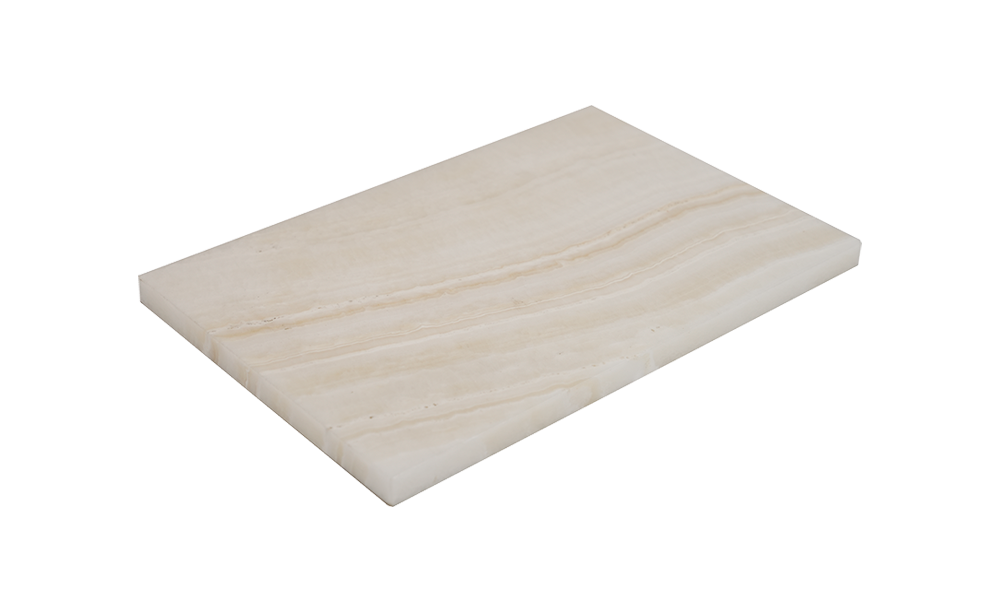Jade has long been a symbol of refinement and exclusivity, making it a prized material in luxury décor. From intricate carvings to grand architectural applications, this exquisite stone elevates interiors with its unique translucency and captivating hues. However, not all jade is the same—differences in composition, origin, and aesthetic qualities give rise to distinct varieties, each with its own charm. Whether selecting a jade slab for a sophisticated feature wall or a bespoke furniture piece, understanding these differences is key to making the right choice for any high-end design project.
Jade is primarily categorized into two main types: nephrite and jadeite. Nephrite, known for its smooth texture and softer, muted colors, has been cherished for centuries in Chinese craftsmanship. It typically appears in shades of creamy white, deep green, and even soft browns, making it a versatile option for elegant, understated designs. Nephrite jade works beautifully in interior applications where subtlety and sophistication are desired, such as in wall paneling, decorative inlays, or sculptural elements. Jadeite, on the other hand, is rarer and more sought after due to its exceptional translucency and vibrant range of colors, including rich greens, lavender, and even striking reds and blues. Its higher density and glass-like luster make it an excellent choice for statement pieces, where its brilliance can truly shine. A polished jadeite slab of jade can transform a space, becoming a luxurious focal point that captures light and attention in equal measure.

Beyond these primary classifications, regional variations also play a significant role in jade’s appeal. Burmese jadeite, for example, is regarded as the finest in the world due to its vivid colors and high translucency, making it highly valued in both jewelry and architectural design. Chinese nephrite, historically revered in imperial palaces, carries a deep cultural significance and a timeless elegance that lends itself well to sophisticated interiors. Meanwhile, Russian jade, with its darker green tones and exceptional durability, is a popular choice for contemporary applications, adding a rich, natural texture to modern luxury spaces. The choice of jade type and origin ultimately depends on the desired aesthetic—whether aiming for bold visual impact with radiant jadeite or a refined, classic atmosphere with the soft elegance of nephrite.
The versatility of jade in luxury décor extends to how it is used within a space. A jade slab can be incorporated into high-end interiors in numerous ways, from striking countertops and lavish flooring to artistic wall installations that exude opulence. When carefully polished, jade surfaces take on a silky luster that enhances their depth of color and natural patterns, making each piece one-of-a-kind. Paired with complementary materials like marble, gold, or fine woods, jade enhances the overall ambiance, bringing harmony and prestige to any setting. The way jade interacts with lighting further elevates its beauty, as a well-placed slab can glow with a soft, ethereal radiance, creating a mesmerizing effect that changes throughout the day.
Choosing the right jade variety is not just about color or origin—it’s about how the stone will harmonize with its surroundings and enhance the intended design vision. Whether selecting a jade slab for a luxurious spa, an elegant foyer, or a custom-designed furniture piece, understanding the nuances of jade varieties ensures that the final result is as breathtaking as the material itself. With its timeless allure and natural artistry, jade continues to be one of the most exquisite materials for those seeking to infuse their spaces with enduring sophistication and beauty.



 English
English Français
Français عربى
عربى italiano
italiano









